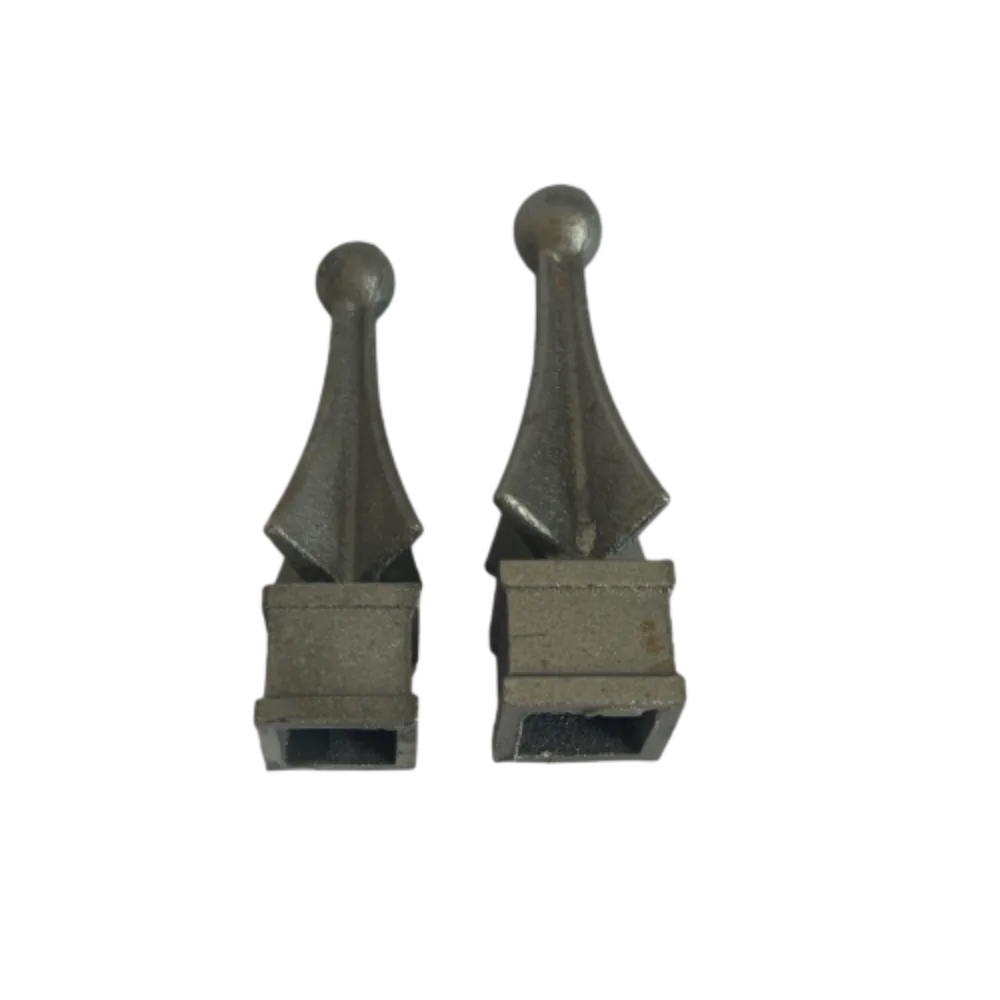aluminum extrusion profiles for windows and doors
Aluminum Extrusion Profiles for Windows and Doors
Aluminum extrusion profiles have become increasingly popular in contemporary architectural design, particularly for windows and doors. The advantages of aluminum as a construction material—its durability, aesthetic appeal, and environmental sustainability—have positioned it as a top choice for architects, builders, and homeowners alike. This article will explore the essential features, benefits, and applications of aluminum extrusion profiles in the context of windows and doors.
Understanding Aluminum Extrusion
Aluminum extrusion is a manufacturing process that involves forcing aluminum alloy through a shaped die to create long sections of material with a consistent cross-sectional profile. This process allows for the efficient production of complex shapes that can be tailored to specific applications. In the context of windows and doors, these profiles can be designed to accommodate various styles, functionalities, and aesthetic preferences.
Key Features of Aluminum Profiles
1. Versatility in Design Aluminum extrusion profiles are available in a wide range of shapes and sizes. Architects can choose from various frame designs, including sleek modern lines, classic designs, or custom shapes to suit the building’s architecture. This versatility allows for creative freedom in design, making it easier to achieve desired aesthetics.
2. Durability and Strength One of the significant advantages of aluminum profiles is their inherent strength. Aluminum is a lightweight yet strong material, making it ideal for supporting large glass panes in windows and doors. Moreover, aluminum is resistant to warping, rotting, and corrosion, which enhances the lifespan of the fixtures and minimizes maintenance costs over time.
3. Energy Efficiency Modern aluminum extrusion profiles can be designed to meet stringent energy efficiency standards. By employing thermal breaks—insulated barriers within the frame—the heat transfer between the interior and exterior can be significantly reduced. This contributes to lower energy bills and improved indoor comfort.
4. Eco-Friendly Aluminum is a highly sustainable material. It is recyclable, and recycling aluminum requires only a fraction of the energy needed to produce new aluminum. Therefore, using aluminum profiles for windows and doors not only reduces the ecological footprint during production but also facilitates responsible waste management at the end of the product’s lifecycle.
5. Low Maintenance Unlike wood, which can rot or require repainting, aluminum frames are remarkably low maintenance. They can be finished with protective coatings that resist fading and scratching. Regular cleaning with soap and water is usually sufficient to maintain their appearance, making them a practical choice for busy homeowners.
aluminum extrusion profiles for windows and doors

Applications in Windows and Doors
Aluminum extrusion profiles are widely used in various types of windows and doors, including
1. Sliding Windows and Doors These features benefit from the lightweight nature of aluminum, enabling effortless operation. The sleek aluminum frames allow for expansive glass surfaces, maximizing natural light while maintaining structural integrity.
2. Hinged Windows and Doors Aluminum profiles can accommodate a range of designs, including casement, awning, and single or double-hung styles. Their strength ensures that even large openings can be supported without the need for bulky frames.
3. Bi-Folding Doors An increasingly popular trend in both residential and commercial settings, bi-folding doors made from aluminum profiles offer a seamless transition between indoor and outdoor spaces. The slim sightlines of aluminum maximize views while providing the durability needed for frequent use.
4. Curtain Walls In commercial buildings, aluminum extrusion profiles are often used in curtain wall systems that allow for significant glazing areas. These systems provide an aesthetically pleasing exterior and are designed to handle structural loads while maximizing natural light.
5. Security Features Aluminum profiles can integrate various locking mechanisms and security systems to enhance the safety of windows and doors. This adaptability ensures that security is not compromised in pursuit of style.
Conclusion
Aluminum extrusion profiles for windows and doors represent a blend of modernity, functionality, and sustainability. Their versatility allows for innovative designs that cater to the diverse needs of today's architecture while offering durability and low maintenance. As environmental consciousness continues to grow, aluminum’s recyclable nature makes it an even more attractive option. Whether for residential or commercial applications, aluminum extrusions will undoubtedly remain a cornerstone of contemporary design in the construction industry.
-
Wrought Iron Components: Timeless Elegance and Structural StrengthNewsJul.28,2025
-
Window Hardware Essentials: Rollers, Handles, and Locking SolutionsNewsJul.28,2025
-
Small Agricultural Processing Machines: Corn Threshers, Cassava Chippers, Grain Peelers & Chaff CuttersNewsJul.28,2025
-
Sliding Rollers: Smooth, Silent, and Built to LastNewsJul.28,2025
-
Cast Iron Stoves: Timeless Heating with Modern EfficiencyNewsJul.28,2025
-
Cast Iron Pipe and Fitting: Durable, Fire-Resistant Solutions for Plumbing and DrainageNewsJul.28,2025
-
 Wrought Iron Components: Timeless Elegance and Structural StrengthJul-28-2025Wrought Iron Components: Timeless Elegance and Structural Strength
Wrought Iron Components: Timeless Elegance and Structural StrengthJul-28-2025Wrought Iron Components: Timeless Elegance and Structural Strength -
 Window Hardware Essentials: Rollers, Handles, and Locking SolutionsJul-28-2025Window Hardware Essentials: Rollers, Handles, and Locking Solutions
Window Hardware Essentials: Rollers, Handles, and Locking SolutionsJul-28-2025Window Hardware Essentials: Rollers, Handles, and Locking Solutions -
 Small Agricultural Processing Machines: Corn Threshers, Cassava Chippers, Grain Peelers & Chaff CuttersJul-28-2025Small Agricultural Processing Machines: Corn Threshers, Cassava Chippers, Grain Peelers & Chaff Cutters
Small Agricultural Processing Machines: Corn Threshers, Cassava Chippers, Grain Peelers & Chaff CuttersJul-28-2025Small Agricultural Processing Machines: Corn Threshers, Cassava Chippers, Grain Peelers & Chaff Cutters












